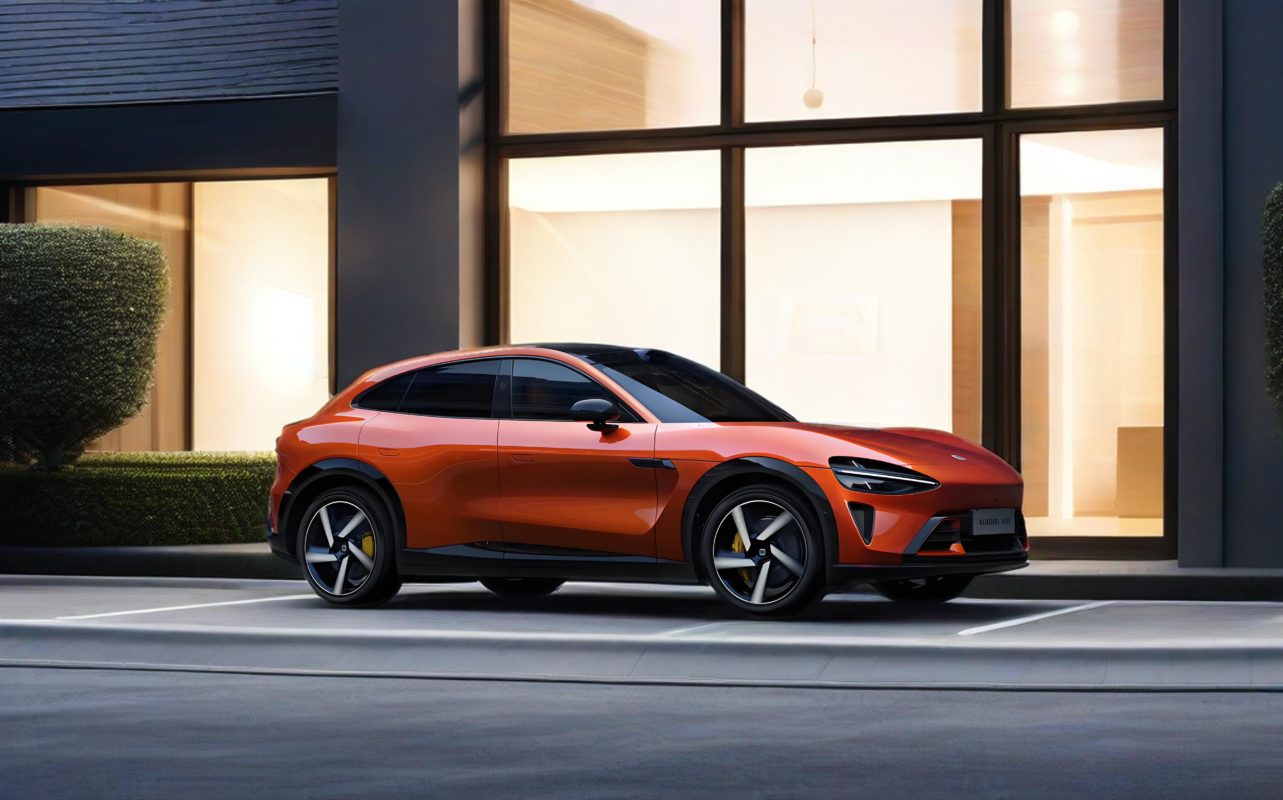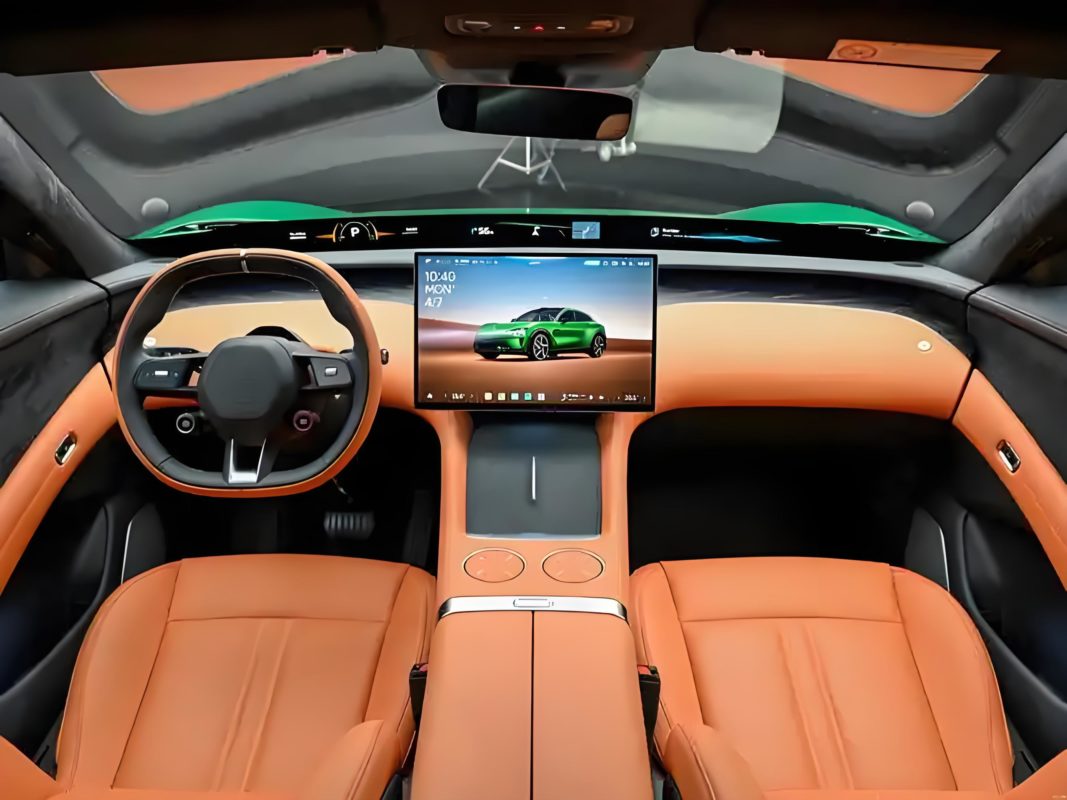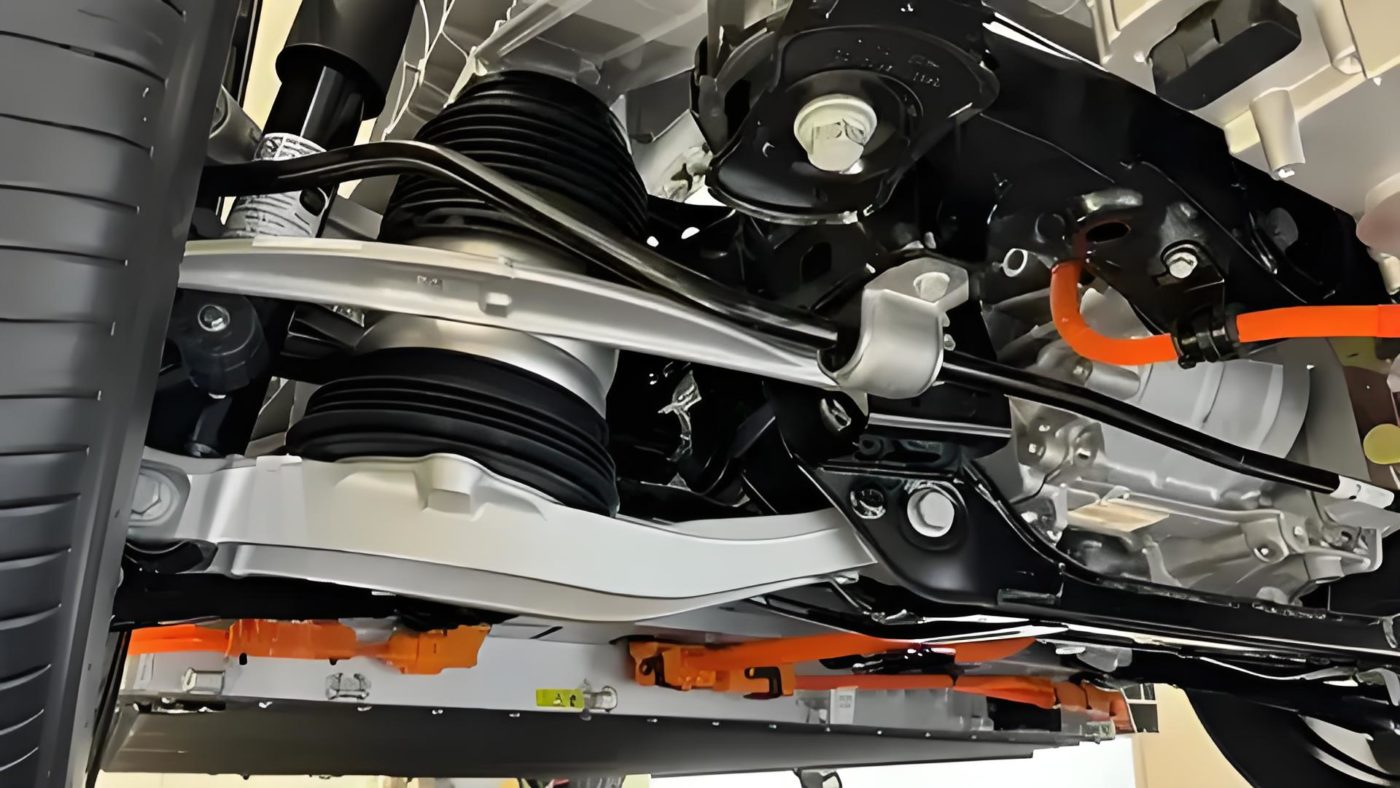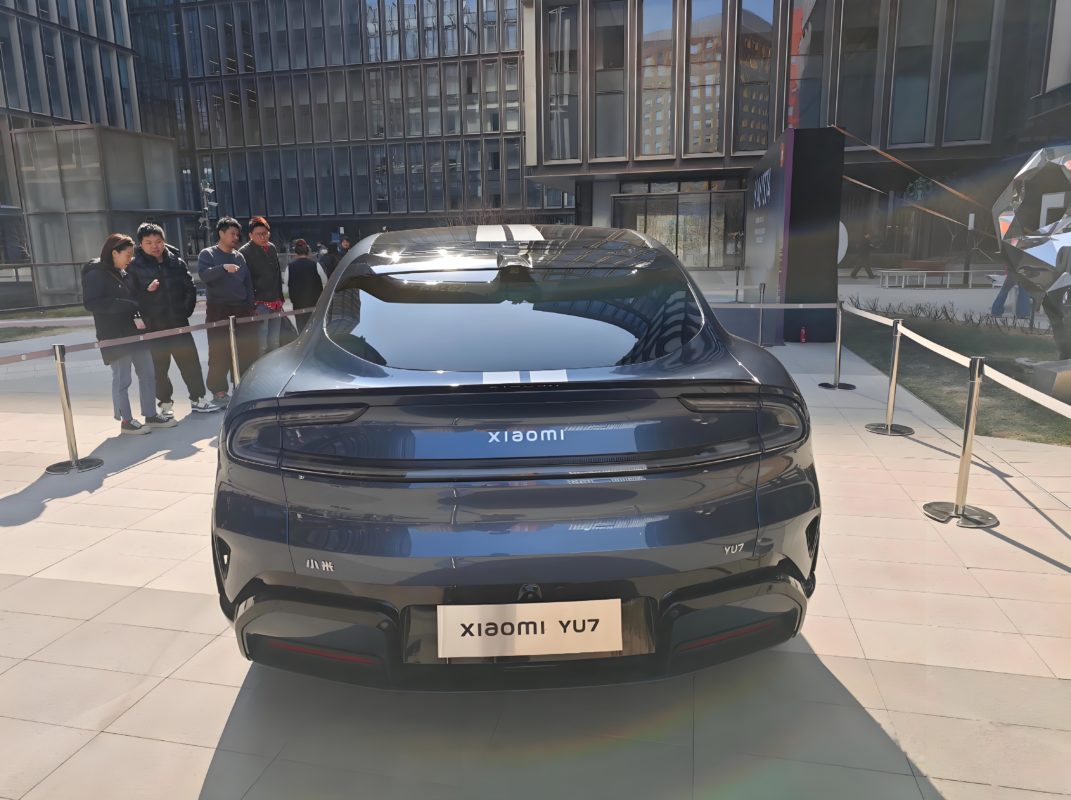Xiaomi’s bold entry into the electric vehicle world with its YU7 crossover SUV has ignited excitement in the EV space, merging cutting‑edge performance specs with smartphone‑level tech integration, all wrapped in a striking design that channels high‑end luxury at a competitive price. As the company’s second production model, following the SU7 sedan, the YU7 brandishes ambition, innovation, and a clear challenge to Tesla’s Model Y dominance in China’s EV arena.
1. Vision and Positioning: Xiaomi’s Leap into the SUV Market
Xiaomi unveiled the YU7 in mid‑2025 as its first crossover SUV, built on the same Modena platform as the SU7 but tuned to deliver strong family‑oriented appeal, performance, and technological sophistication(WIKEPEDIA). Xiaomi positions the YU7 not only as a rival to Tesla’s Model Y, but as a symbol of its ability to transfer smartphone‑era innovation into electric vehicle design and consumer experience. Its introduction reflects Xiaomi’s ambition to disrupt the EV sector with smart ecosystems, aggressive pricing, and software‑focused differentiation.
2. Powertrain Variants and Performance Specs
Three Trim Levels – Standard, Pro, Max
- YU7 Standard
- Rear‑wheel‑drive layout with one Xiaomi HyperEngine V6s motor (~315 hp / 235 kW)
- 0–62 mph in approx. 5.88 seconds, top speed ~149 mph
- 96.3 kWh LFP battery from BYD (FinDreams), CLTC range up to ~518 miles (~835 km)(The Autopian)
- YU7 Pro (Dual‑Motor AWD)
- Combined output ~490 hp (~365 kW)
- 0–62 mph in ~4.27 seconds, same top speed
- Same 96.3 kWh battery, range ~478 miles (~770 km)
- YU7 Max (Dual‑Motor High‑Performance AWD)
- Output ~681 hp (~508 kW), delivering 0–62 mph in ~3.23 seconds
- 101.7 kWh NMC CATL battery, range ~472 miles (~760 km); fast‑charging (10–80 %) in ~12 mins thanks to 800 V architecture
Each variant benefits from Xiaomi’s 800‑volt architecture, enabling ultra‑fast charge times, while energy consumption figures remain impressively low—around 11.7 kWh/100 km for the single motor, up to ~14.8 kWh/100 km for Max.
3. Exterior Design and Aerodynamics
The YU7 stretches nearly 5.0 m in length (4,999 mm) with a 3,000 mm wheelbase, accompanying a sleek, wide, and low body profile meant to reduce drag and emphasize aerodynamic refinement. Highlights include:
- Clamshell hood (largest aluminum hood on a mass‑produced car), active grille shutters, and refined roofline that reduce drag coefficient to ~0.245
- Flush door handles, frameless mirrors, rear ducktail styling, and LED strip taillights echoing SU7 design language
- Color palette of nine finishes including exclusive “Emerald Green Metallic” painted via a complex triple layer process
Over 40 aerodynamic optimizations contribute to noticeable CLTC range boost, including wheel‑well vents, spats, and rear spoilers.
4. Advanced Chassis, Safety, and Suspension Systems
Xiaomi equipped the YU7 with a sophisticated chassis architecture:
- Double wishbone front and five‑link independent rear suspension, with continuous damping control across all trims
- The Pro and Max variants add dual‑chamber air suspension, adjustable by 75 mm in height and 40 % in stiffness
- The Max trim features four‑piston Brembo front brakes capable of stopping 100 km/h in ~33.9 m
The body structure uses over 90% high‑strength steel and aluminum, proprietary 2200 MPa steel reinforcement beams, and a thick frontal crumple zone (aluminum die cast attenuator) to meet or exceed C‑NCAP and C‑IASI crash standards.
5. Interior, Tech Integration, and Driving Assistance
While Xiaomi has not fully revealed interior layouts, early leaks and reports indicate:
- A 1.1‑metre panoramic display stretching across dashboard, triple mini‑LED cluster, and potentially HUD projection onto the windshield
- Qualcomm Snapdragon 8 Gen 3 chipset powering overall cabin systems with claimed boot‑time of ~1.35 seconds
Driver assistance hardware is robust for the price:
- Level 2+ ADAS with 25 sensors—11 cameras, 12 ultrasonic radars, 4D millimeter‑wave radar, and rooftop lidar
- Navigates both highways and urban road environments via Xiaomi’s Pilot Lite/Advanced/Max suite depending on trim
Additional touches include magnetic mounting points, built‑in tissue box behind the display (common in China), deep ecosystem integration with Xiaomi smart devices, and Apple iPhone compatibility.
6. Pricing, Market Reception, and Sales Momentum
Priced aggressively in the Chinese market:
- Standard –
253,500 RMB ($35,300 USD) - Pro –
279,900 RMB ($39,000) - Max –
329,900 RMB ($46,000)
The YU7 generated record‑setting demand, with more than 240,000 orders in the first 18 hours, and around 289,000 within one hour according to different reports; stock analysts project monthly delivery targets above 30,000 units, and annual production of 300,000–360,000 units in 2025(S&P Global). In July 2025, Xiaomi sold over 30,000 vehicles, reaffirming the YU7’s strong traction. The product strategy—extending Xiaomi’s smartphone‑style ecosystem integration into automotive—has resonated particularly with younger and female consumers in China.
7. Competition Landscape: Challenging Tesla and Legacy EV Brands
The YU7 directly challenges Tesla’s Model Y on both price and performance. Analysts believe it may significantly erode Tesla’s share in China thanks to Xiaomi’s pricing advantage, superior range, and aggressive tech packaging. While Tesla’s Model Y starts around 263,500 RMB, the YU7 offers better acceleration and range for less money. In the broader context, Xiaomi’s deliveries and aggressive tech ecosystem expansion are pressuring NIO, Li Auto, BYD, and XPeng to rethink their strategy, especially in the premium smart‑EV segment.
8. Outlook and Strategic Implications
The YU7 represents a pivotal moment in Xiaomi’s transition from electronics to mobility. It validates a strategy that prioritizes software‑defined vehicles, smartphone level user experience, and affordable premium performance. With deliveries starting late 2025 in China and global expansion hinted for 2027, Xiaomi aims to replicate its SU7 success on an international scale.
Its combination of standout design, high‑performance specs, rapid charging, integrated digital ecosystem, and accessible pricing has turned the YU7 into a sensation overnight. It also signals to established automakers that the future of EV competition is not just hardware—it’s seamless user experience, rapid delivery, and ecosystem synergy.
At brassknucklesmaster.com, we follow such groundbreaking vehicles closely, because they mark the evolving nature of what consumers expect from mobility: not just transport, but technology, style, and identity in one package.
This comprehensive introduction to the Xiaomi YU7 captures its technical prowess, market strategy, and disruptive potential. Let me know if you’d like updates on driving impressions, global rollout plans, or deeper tech breakdowns.







